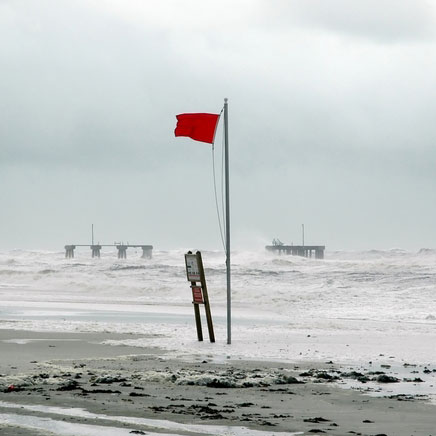The complex relationship between carbon emissions and government corruption

The complex relationship between carbon emissions and government corruption
Does corruption lead to higher emissions? A study of 19 Asia-Pacific countries shows how the relationship between corruption and carbon dioxide emissions is more nuanced than one may think.
Yue-Jun Zhang, Yan-Lin Jin, Julien Chevallier, Bo Shen, “The effect of corruption on carbon dioxide emissions in APEC countries: A panel quantile regression analysis,” Technological Forecasting and Social Change, Volume 112, November 2016, Pages 220-227, ISSN 0040-1625, . DOI: 10.1016/j.techfore.2016.05.027.
Over the past few decades, extreme weather events have imposed disastrous socio-economic impacts on human society, leaving little room for inaction towards climate change. Governments can no longer turn a blind eye to regulating carbon dioxide (CO2) emissions – the principal culprit behind human-caused climate change. Yet, to successfully implement regulations, governments need to control corruption. For 21 countries around the Pacific rim, collectively known as the Asia-Pacific Economic Cooperation (APEC), corruption and climate change stand in their way of sustainable economic growth. While recent studies have begun to examine the relationship between corruption and CO2 emissions, few focus on data specific to APEC countries.
In a study published in Technological Forecasting & Social Change, Yue-Jun Zhang from Hunan University, China and his team made the first attempt to understand the effect of corruption on CO2 emissions in APEC countries. The authors compiled data from 19 APEC countries from 1992 to 2012. They analyzed them in a panel data model, tailored to studying observations of multiple phenomena over time.
The researchers studied two effects of corruption on CO2 emissions: direct and indirect. Corruption can directly affect a country’s CO2 emissions. For example, embezzlement and bribery may erode public funding for environmental programs and leave fewer checks on carbon dioxide emissions. Indirectly, corruption renders an economy less efficient, causing more damage to the environment.
Based on Zhang and his team’s analysis, corruption has varying impacts on CO2 emissions across APEC countries. Corruption significantly affects countries that emit less CO2, such as Philippines and Peru, while it has little effect on countries with higher emissions, such as the U.S. and Australia. The researchers attributed these varied results to economic growth.
Imagine an underdeveloped country such as Vietnam. Corruption exists and directly undermines laws that regulate CO2 emissions. As the country becomes more developed to resemble countries such as China, rapid economic growth and a yet to mature legal system exacerbate both corruption and CO2 emissions. When the country reaches an advanced stage of development like Singapore, its environmental policies and regulations become more effective. Thus, corruption wanes and CO2 emissions slow down.
How much corruption impacts an APEC country’s CO2 emissions depends on its economic strength, measured in GDP per capita. A poorer country experiences a direct tie between corruption and CO2 emissions. For countries that are more developed, corruption impacts CO2 emissions indirectly rather than directly. Levels of corruption appear to peak when countries reach a certain economic strength and decline when economies develop further. Thus, the direct connection between CO2 emissions and corruption weakens while the indirect connection strengthens as a country’s economy grows.
The results do not indicate that more corruption leads to more CO2 emissions. But they do imply a more direct relationship between the two. The nature of the relationship, direct or indirect, depends on the economy. APEC countries at different stages of economic growth see corruption affect their emissions differently.
This study paints the relationship between corruption and CO2 emissions with a broad brush. Corruption varies across industries the same way CO2 emissions do. How corruption operates differently in industry-specific activities and how that then drives changes in emissions deserves a more in-depth examination.




